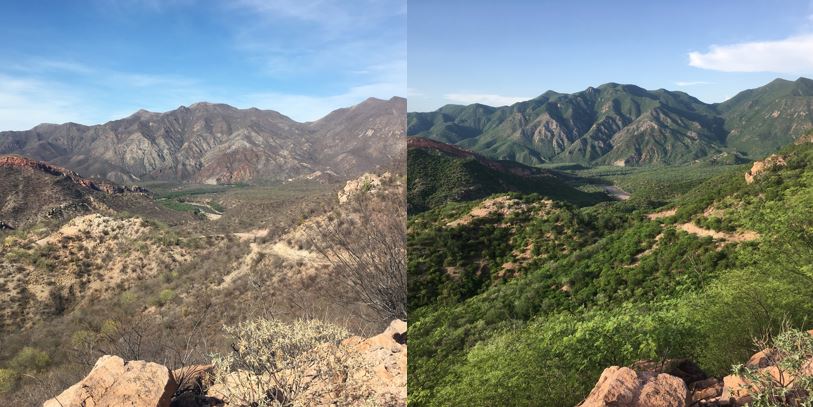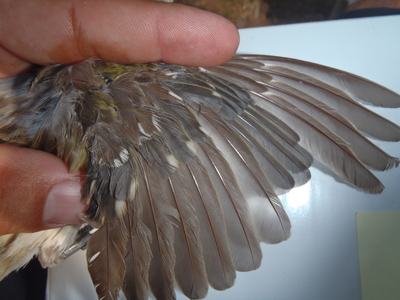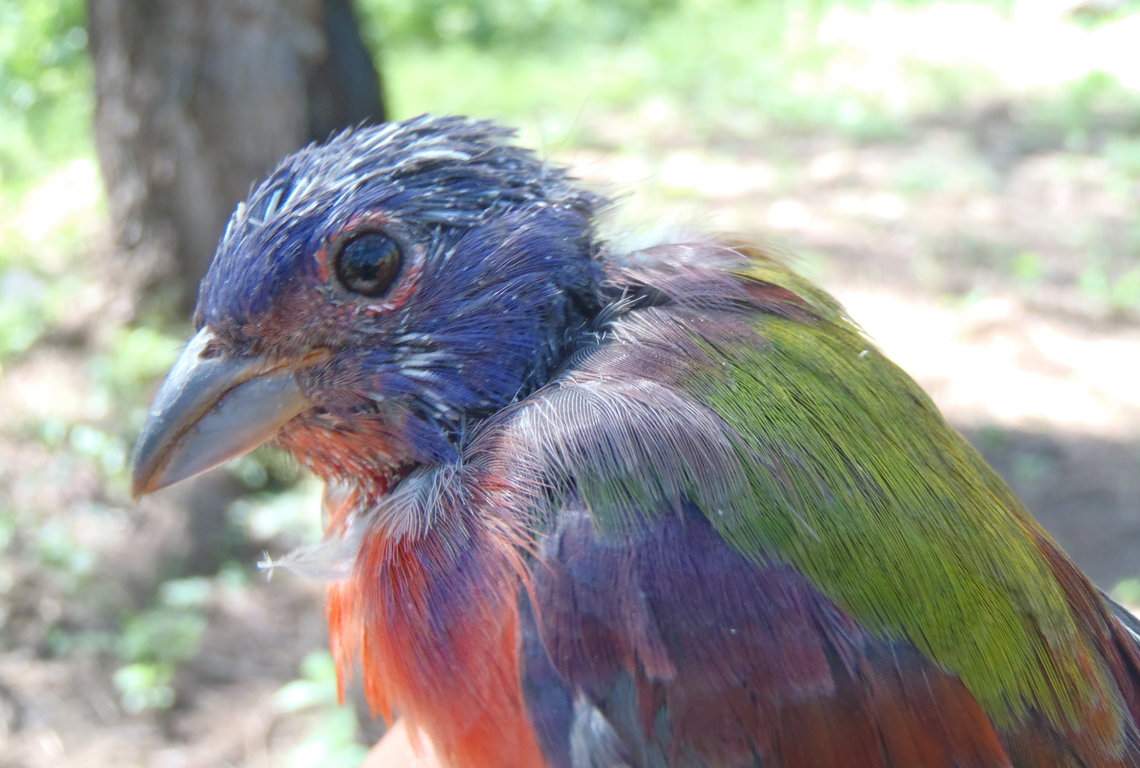By Adam Hannuksela, Sonoran Joint Venture Science Coordinator
Birds have several events in their annual cycle that are energetically costly and take up significant parts of the year. Migration and breeding are generally the most recognized and show the importance of the Sonoran Joint Venture (SJV) region in the lives of our continent’s birds. Hundreds of species breed in our region, and many more migrate through or spend the winter in the southwest United States and northwest Mexico. However, every bird molts at least once every year, and molting is every bit as important as other events in a bird’s annual cycle. The importance of migratory stopover sites is fairly well known, though until recently the importance of stopover areas for molt has gotten little attention. The SJV region is an incredibly important area for birds of western North America to molt. Our late summer monsoons bring a flush of new vegetation, which in turn supports in insect populations. This seasonal boom in high quality food sources for many migratory birds make the SJV region a prime spot for them to pause and fuel up to undergo a high energy undertaking like molt before continuing their migration.

Most landbirds undergo a partial molt in their first year of life. After that, they undergo a complete molt, replacing every feather on their body at least once per year. By late summer, many migratory birds in northern latitudes have already raised young and food resources in these areas begin to decrease. Farther south, the arrival of the monsoons and the subsequent boom in vegetation and insect populations makes the southwest U.S. and northwest Mexico a prime area for migratory birds to on their way to their wintering grounds farther south. Many species stopover for several weeks to molt, as well as refuel for the rest of their journey. You may have thought that birds seem to be harder to find during this time, spending more time in thick vegetation and less inclined to come out for a good view. You are not imagining it—they are busy molting and staying out of sight.

Although researchers have known for years that waterfowl convene on common molting grounds, until recently, we did not know whether the same was true for landbirds. SJV partners, including the Institute for Bird Populations and others, discovered that many common species of landbirds also pause mid-migration to molt. Using banding data from hundreds of stations and thousands of records, researchers found that more species than previously thought undergo molt migration. In fact, molt migration sites are possibly as important as breeding or wintering grounds for migratory birds.
The post-monsoon landscapes of the Sonoran Joint Venture region are ideal molt stopover habitat. Research shows that birds use different stopover sites depending on rainfall. Riparian areas in the SJV region are among the most important areas for molt migration. During years of high rainfall, molt migrants disperse across the landscape, while remaining more concentrated in riparian areas during years of low rainfall. This means that protecting large and diverse landscapes are crucial for bird conservation in the SJV region. The SJV and its partners are working to identify, protect, and restore important these areas to help ensure a healthy future for migratory birds and other species, as well as the people who depend on them.

